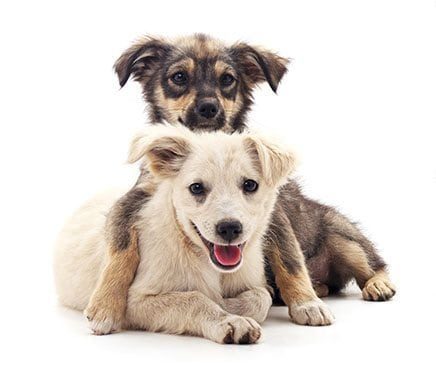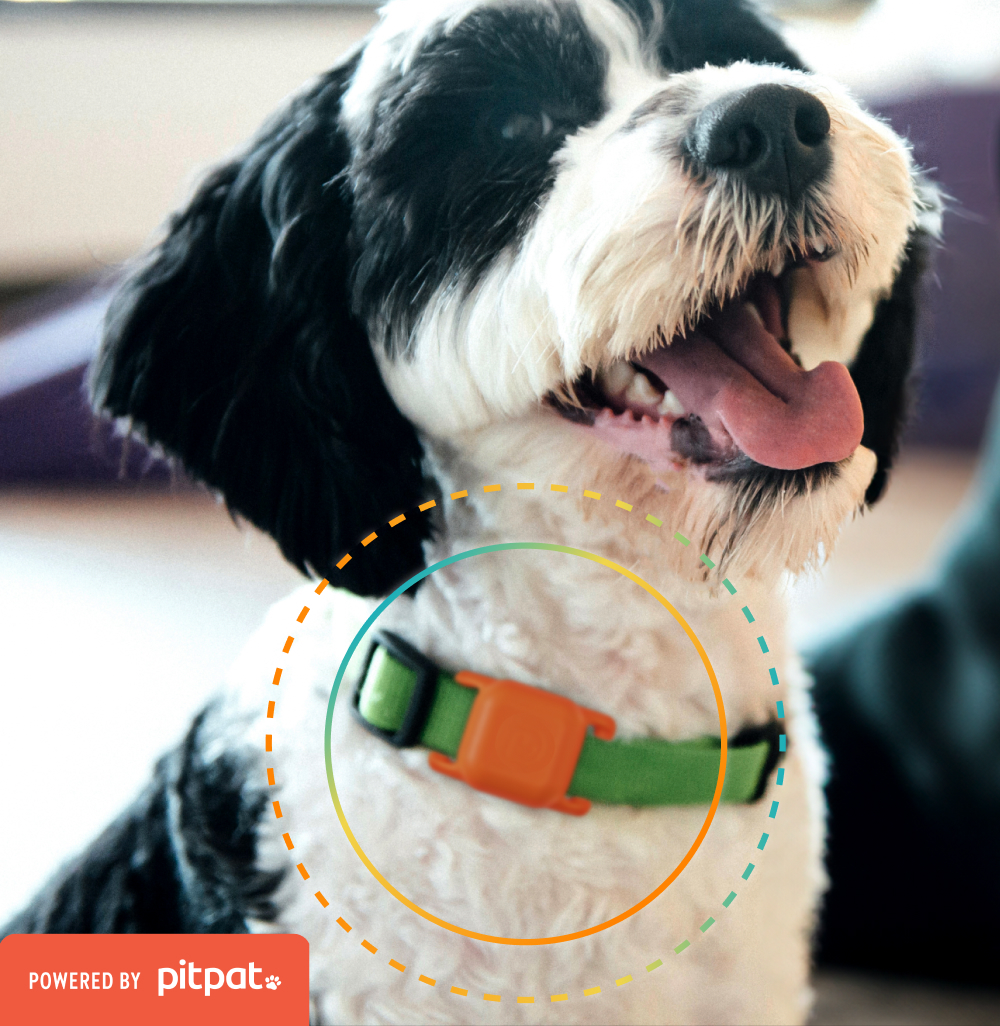3 Ways to Effectively Potty-Train Your Puppy

It’s no fun to walk into a room to find your puppy has had an accident, especially for first-time pet parents. All puppies learn at different rates, so expect accidents to happen as they are developing. Here are three ways to ensure both you and your puppy have an effective and stress-free transition.
- Make a Schedule
Build a training routine. Monitor daily events and your puppy’s individual habits when setting up a schedule. Take your puppy outside to the same spot at the suggested following times:
- Immediately upon waking
- First thing in the morning
- Last thing before bedtime
- After playing
- Upon waking up from a nap
- After chewing a toy or bone
- After eating or drinking
- Once every hour or less
Avoid playing exciting games before your puppy has successfully eliminated in the appropriate place, as this is likely to distract them from the main purpose of going outside. Between trips outside, supervise your puppy when in the house. This means keeping your puppy in view as much as possible and being aware of what they are doing. You may also want to use a specific phrase such as “potty time” each time you see your puppy sniffing and showing signs of going. This helps your puppy associate that now is the time to go.
- Rewards
Using treats is a great way of training your puppy. Always go with your puppy outside so that you are there to reward their successful potty break. Reward them immediately with plenty of praise, a treat, or play. Reward-based training also helps build a good relationship between you and your puppy and makes them feel safe and secure, which will be useful in future training. And remember, whenever you are giving rewards, you are encouraging a particular behavior more.
- Positive Reinforcement
Positive reinforcement focuses on teaching what you want the puppy to do instead of shouting about what you don’t want. Negative reinforcement training methods are outdated, unsafe, and unhealthy for puppies. If your puppy has an accident, don’t say a word. Instead, quickly lift them up and take them outside to the potty area. Negative reinforcement will just end up causing stress and confusion. Your puppy may wait to relieve themselves until you are not around to scold them. With positive reinforcement, the puppy makes the association between successful potty breaks and your praise. Potty-training takes hold because the behavior becomes more automatic.
Make sure to clean up accidents with a bio-enzymatic cleaner such as our Dogtopia Pet Odor & Stain Remover. Using an ammonia-based product, such as bleach, can be harmful and attract dogs back to the site. Dogtopia Pet Odor & Stain Remover is a commercial grade, bio-enzymatic odor digester that breaks down the odor-causing molecules or scent of the potty accident. This step is necessary to continue training your puppy to use the appropriate place.
If training is unsuccessful or you are having difficulty, get your dog checked by a vet to rule out any form of illness or injury that could be causing a behavior problem. The goal is to instill good habits and build a loving bond with your pup. Potty-training your puppy is like teaching a child how to ride a bike—there may be the odd accident, but then one day it will just click!








